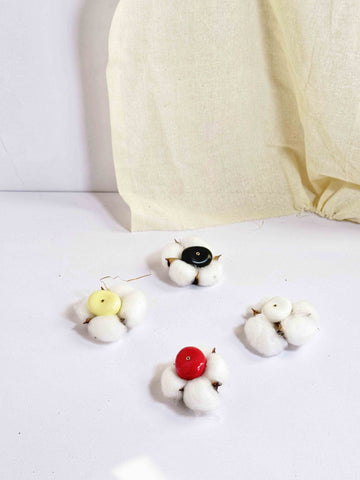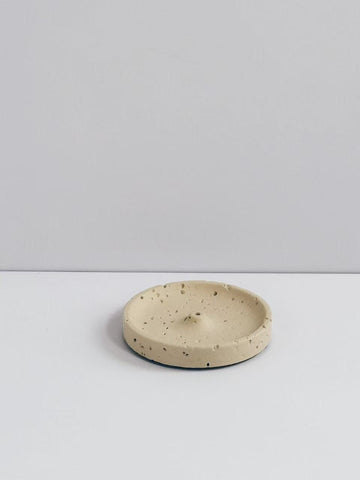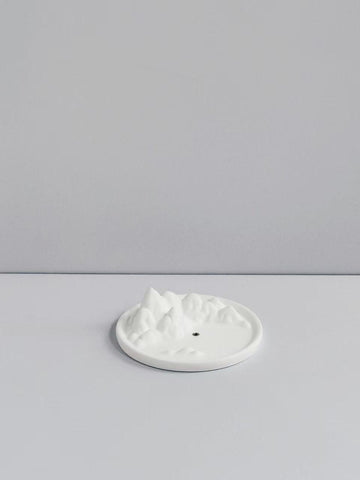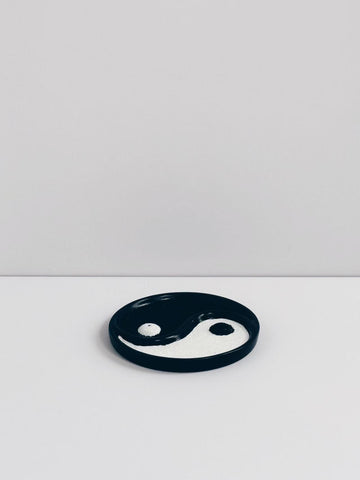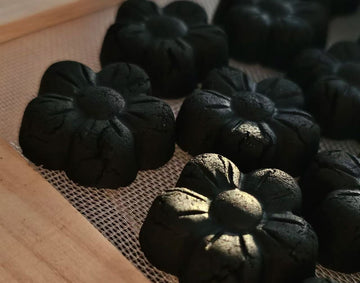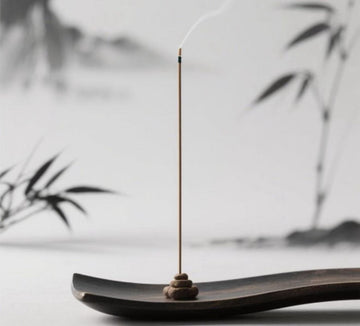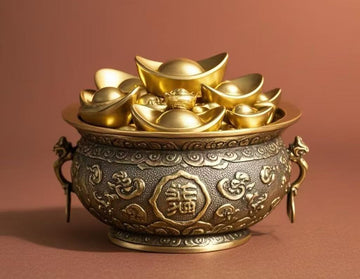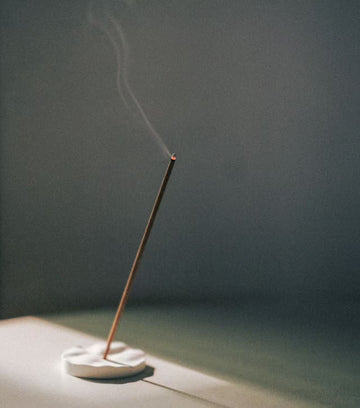Incense has been a cornerstone of Chinese culture for thousands of years, intertwining spirituality, medicine, and artistry into its fragrant threads. From imperial rituals to modern mindfulness practices, Chinese incense offers a diverse array of forms, each with unique symbolism and purpose. In this guide, we answer the question, “What are the different types of incense?” by delving into 16 traditional Chinese varieties, their history, craftsmanship, and enduring cultural roles.
Introduction to Chinese Incense
Chinese incense is more than just aromatic smoke—it’s a bridge between heaven and earth, a tool for meditation, and a testament to ancient craftsmanship. Rooted in Daoist philosophy, Buddhist rituals, and imperial traditions, these incense types reflect China’s rich botanical knowledge and artistic ingenuity. Whether you’re new to incense or a seasoned enthusiast, understanding these forms deepens your appreciation for one of humanity’s oldest sensory arts.
What Are the Different Types of Incense? 16 Traditional Chinese Forms Explained
1. Raw Incense Materials (原态香材)
Definition: Unprocessed aromatic substances like agarwood, sandalwood, and cloves, minimally cleaned and dried to preserve their natural essence.
Historical Roots: Used in Shang Dynasty (1600–1046 BCE) rituals for ancestral worship. Agarwood, known as “wood of the gods,” was reserved for emperors.
Craftsmanship: Artisans carefully chip or grind raw woods to highlight their resinous veins.
Modern Use: Burned on charcoal or heated in ceramic censers for meditation and Qi harmonization.
2. Incense Sticks (线香)
Definition: Slender rods made from powdered spices bound with sticky rice paste.
Variants:
-
立香 (Lì Xiāng): Vertical sticks burned in temple altars.
-
卧香 (Wò Xiāng): Horizontal sticks for home use, symbolizing continuity.
Cultural Significance: Central to Lunar New Year ceremonies, where they honor ancestors and invite prosperity.
3. Incense Beads (香珠)
Definition: Fragrant beads carved from agarwood or molded from spice pastes.
Imperial Legacy: Qing Dynasty emperors wore 避暑香珠 (Bìshǔ Xiāngzhū)—summer-cooling beads infused with mint—to repel heat.
Symbolism: Represent the cycle of life in Taoism; used in Buddhist prayer rituals.
4. Incense Pills (香丸)
Definition: Small, honey-kneaded pellets of powdered spices.
Literary Fame: The fictional 冷香丸 (Lěng Xiāng Wán) from Dream of the Red Chamber symbolized refinement.
Usage: Burned on mica plates over charcoal for subtle, long-lasting fragrance.
5. Pagoda Incense (塔香)
Definition: Conical incense hung upside-down in temples.
Symbolism: Downward smoke signifies humility and prayers ascending to the heavens.
Modern Blends: Often infused with osmanthus for a sweeter aroma.
6. Coil Incense (盘香)
Definition: Spiral-shaped incense burning for hours.
Cultural Role: Used during the Hungry Ghost Festival to honor ancestors; clockwise coils attract positive energy in feng shui.
7. Stick Incense with Core (棒香)
Definition: Bamboo sticks coated in incense paste, known as 拜拜香 (Bàibài Xiāng).
Ritual Use: Burned outdoors during Qingming Festival to communicate with ancestors.
8. Cone Incense (锥香)
Definition: Compact, resin-heavy cones for quick aromatherapy.
Scientific Edge: Conical shape ensures steady heat distribution and fragrance release.
9. Incense Powder (香粉)
Definition: Finely sifted spice powder.
Versatility: Used in sachets, direct burning, or blended into balms.
10. Seal Incense (香篆)
Definition: Powder pressed into intricate molds (e.g., lotus patterns).
Meditative Practice: Crafting and burning the seal fosters mindfulness.
11. Incense Plaques (香牌)
Definition: Ornamental plaques carved from fragrant wood or molded clay.
Historical Use: Ming Dynasty scholars wore them to enhance focus during exams.
12. Incense Paste (香膏)
Definition: Semi-solid balms infused with spices like musk or rose.
Imperial Luxury: Qing Dynasty nobility applied them as perfume and skincare.
13. Reverse Flow Incense (倒流香)
Definition: Resin-rich cones producing downward-flowing smoke.
Cultural Metaphor: Symbolizes life’s cyclical nature in Daoist philosophy.
14. Ivory Incense (牙香)
Definition: Historically, blended spices; later, premium Hainan agarwood.
Rarity: Ming emperors reserved it for state rituals, symbolizing divine favor.
15. Charcoal Incense (炭香)
Definition: Spice-infused charcoal briquettes.
Functional Use: Deodorizes humid spaces like closets and bathrooms.
16. Yuanbao Incense (特型香)
Definition: Incense molded into shapes like dragons or peonies.
Modern Craft: Combines tradition with artistry, often displayed as decor.
FAQ: Answering Common Questions
Q: What is the most common type of Chinese incense?
A: Incense sticks (线香) are widely used in households and temples for daily rituals.
Q: How many types of incense are there?
A: While global varieties are countless, this guide focuses on 16 foundational Chinese forms.
Q: What type of incense is used in Chinese temples?
A: Pagoda (塔香) and coil incense (盘香) are common for their prolonged burn and symbolic smoke.

